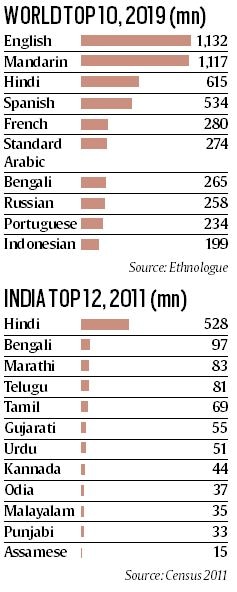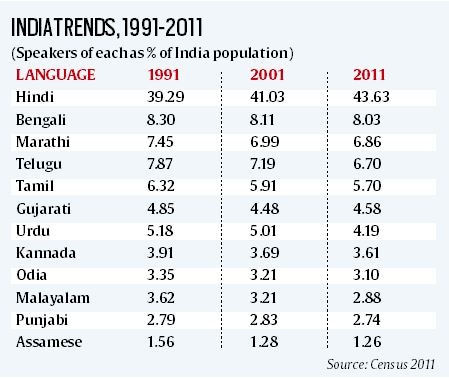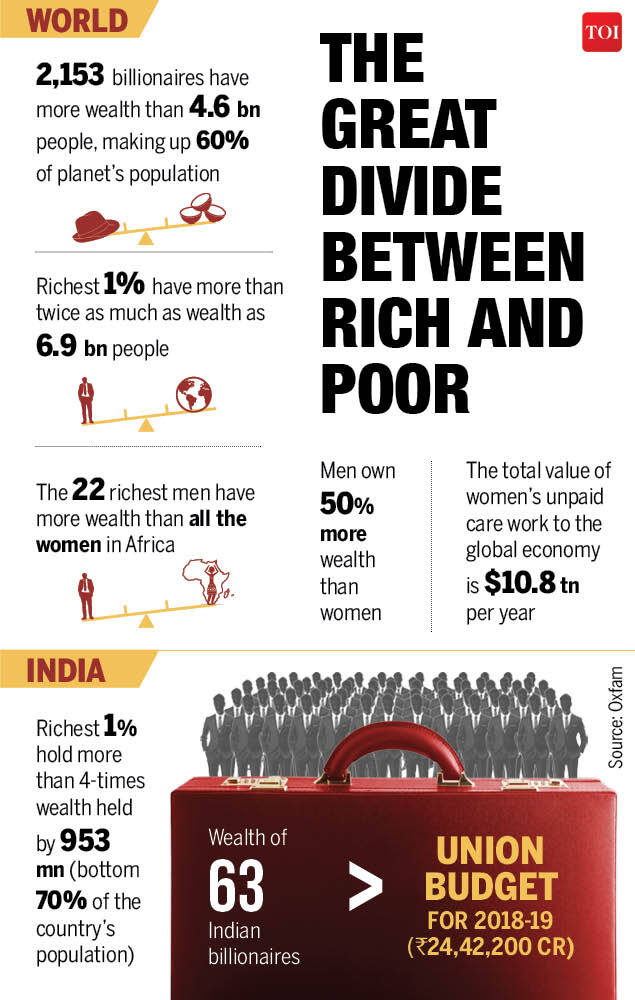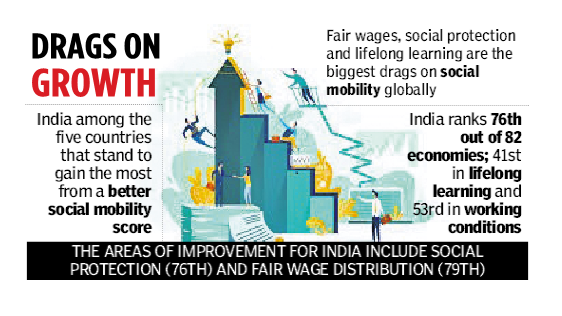Dear student,
One of these questions would have application of Tikdams. Tikdams are smart hacks which help you arrive at the right answer with basic knowledge. Broadly speaking, there are 2 types:
- Elimination Tikdams: Extrapolate your basic knowledge to eliminate options which appear out of context. Zero down on 2 choices and then mark the question as per your risk appetite
- Estimation Tikdams: Read the question well and work out the answer from within the options – Most of the times UPSC plays with words or embeds clues within the question. A smart aspirant figures them out!
With strong basics and regular practice, you will be able to arrive at a very robust Tikdam framework of your own. To know more, read about this technique here, IAS 2016 by Dr. V & Tikdams
Note: Please comment your responses to questions in the comment section. It will help you in assessing yourself.
Q.1) Which of the following statements is incorrect?
a) Banks and non-banking financial companies in India are due to switch to Indian Accounting Standards (IndAS) in upcoming times
b) These norms are in line with international norms, the International Financial Reporting Standards
c) These were designed to avoid credit shocks like those seen in the aftermath of the global financial crisis in 2008
d) Banks and NBFCs currently do not have any well defined accounting principles and hence the need for new standards
Inspired by: RBI, govt may give banks more time to switch to IndAS
Q.2) The alternative investment fund (AIF) is related to which of the following regulatory body in India?
a) Association of Mutual Funds
b) Securities and Exchange Board of India
c) Small Industries Development Bank of India
d) Foreign Investment Promotion Board
Inspired by: Online filing system stumps investors and intermediaries
Q.3) With reference to the India Post Payments Bank, consider the following statements:
1. The Government of India has 100% equity in the bank.
2. The bank offers demand deposits of upto Rs 1 Lac only.
Which of the statements given above is/are correct?
a) 1 only
b) Both 1 and 2
c) 2 only
d) Neither 1 nor 1
Inspired by: [op-ed snap] Long live India Post Payments Bank
Q.4) Which of the following are the objectives of AYUSH mission, sometimes seen in the news?
1. To draw up schemes for promotion, cultivation and regeneration of medicinal plants used in these systems.
2. To upgrade the educational standards in the Indian Systems of Medicines and Homoeopathy colleges in the country.
3. To eventually scrap the Medical Council of India and esatablishment of a new National Medical Council.
Select the correct answer using the codes given below.
a) 1 and 3 only
b) 1, 2 and 3
c) 1 and 2 only
d) 2 and 3 only
Inspired by: [op-ed snap Capacity building for primary health care
Q.5) With reference to the Indian National Centre for Ocean Information Services (INCOIS) which of the following statements is/are correct?
1. The Intergovernmental Oceanographic Commission (IOC) of UNESCO designated Indian Tsunami Early Warning Centre (ITWEC) of the INCOIS as a Regional Tsunami Service Provider (RTSP).
2. It is a founding member of the Indian Ocean Global Ocean Observing System (IOGOOS).
Select the correct answer using the codes given below.
a) Both 1 and 2
b) 1 only
c) 2 only
d) Neither 1 nor 2
Inspired by: India’s automated ocean pollution system to begin this year
Q.6) Consider the following statements:
1. National Development Council is an organ of the Planning Commission.
2. The Economic and Social Planning is kept in the Concurrent List in the Constitution of India.
3. The Constitution of India prescribes that Panchayats should be assigned the task of preparation of plans for economic development and social justice.
Which of the statements given above is/are correct?
a) 1 only
b) 2 and 3 only
c) 1 and 3 only
d) 1,2 and 3
Q.7) Consider the following statements:
1. The Chairman and the Deputy Chairman of the Rajya Sabha are not the members of that House.
2. While the nominated members of the two Houses of the Parliament have no voting right in the presidential election, they
have the right to vote in the election of the Vice President.
Which of the statements given above is/are correct?
a) 1 only
b) 2 only
c) Both 1 and 2
d) Neither 1 nor 2
Q.8) With reference to National Legal Services Authority, consider the following statements :
1.Its objective is to provide free and competent legal services to the weaker sections of the society on the basis of equal opportunity.
2.It issues guidelines for the State Legal Services Authorities to implement the legal programmes and schemes throughout the
country.
Which of the statements given above is / are correct?
a) 1 only
b) 2 only
c) Both 1 and 2
d) Neither 1 nor 2
IMPORTANT STUFF:
1. Daily newscards have been enriched with back2basics and note2students – Make notes daily
2. Liked Tikdams? Join our Flagship TS which helps you perfect this approach – Flagship Prelims for IAS 2018
3. For attempting previous Prelims Daily Questions – Click here
4. Click here for Solutions.








